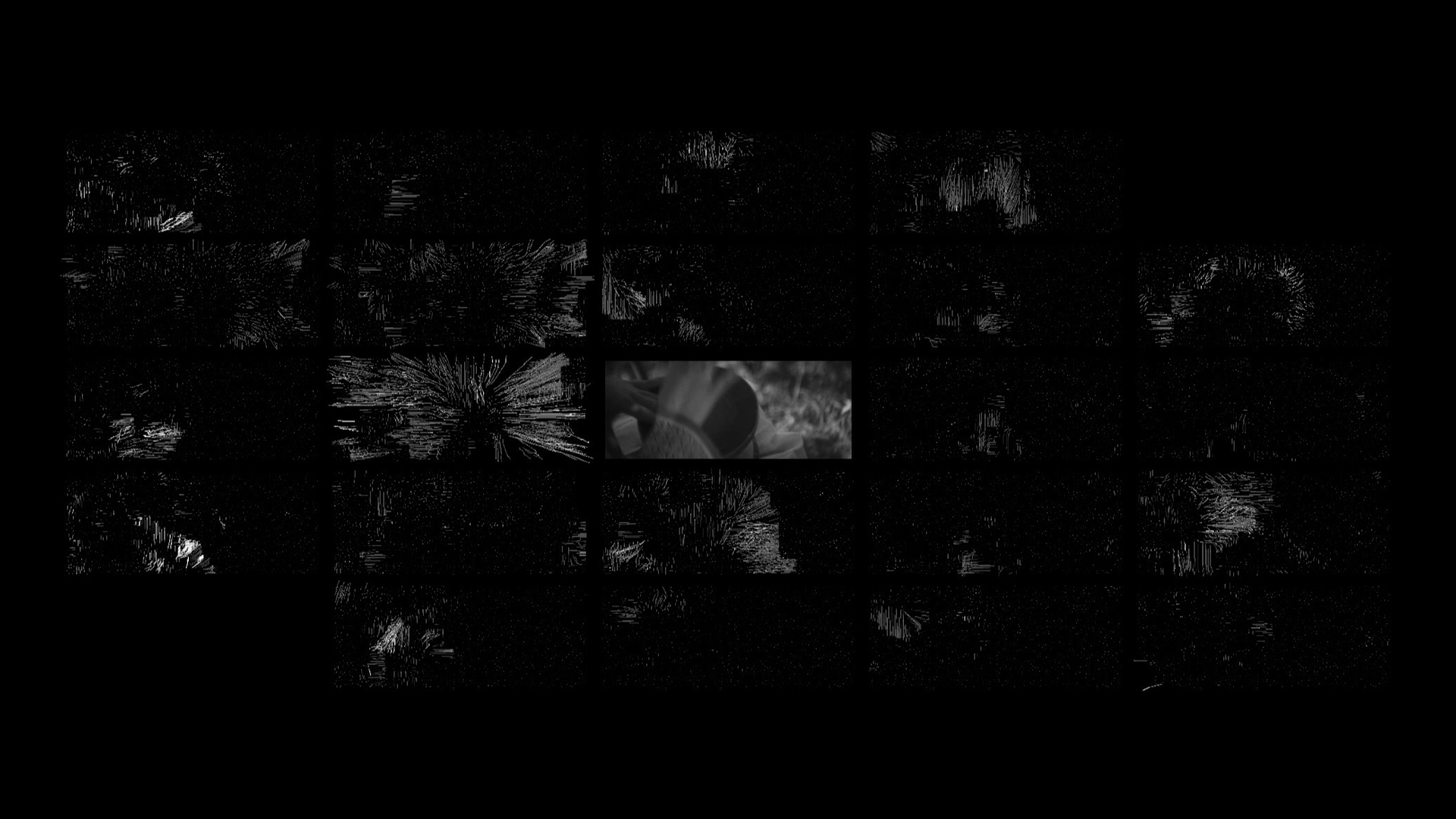“Algorithmic Analysis and Visualization of Motion in Cinema” by Rodriguez
Conference:
Type(s):
Title:
- Algorithmic Analysis and Visualization of Motion in Cinema
Presenter(s)/Author(s):
Abstract:
This talk explores some of the possible applications of unsupervised machine learning methods in found footage cinema, a tradition of experimental art that re-edits excerpts from existing films. This artistic practice sometimes aims to reconfigure our experience of the moving image heritage. In this context, machine learning algorithms has the potential to capture aspects of the cinematic experience for which we lack critical concepts, and which are for this reason difficult to describe. One important example concerns cinematic motion. Established critical discourse often speaks of motion in film by reference to the movement of objects or the camera. Film scholars might describe a scene by noting, for instance, that a person is walking fast or that the camera is tilting upwards. What is missing in this kind of description is the visual texture of cinematic movement. The two-channel algorithmic installation Errant: The Kinetic Propensity of Images applies matrix factorization techniques to the analysis of optical flow in cinema, focusing on the work of Chinese director King Hu. This method produces a visual dictionary of basic motion patterns the represent what could be described as the “kinetic overtones” of image sequences. The results are then visualized using streaklines, a technique from fluid dynamics. This presentation will discuss the motivation and methodology used in the production of this work, in relation to other work by the speaker. Implications for cinema theory will also be briefly discussed.




